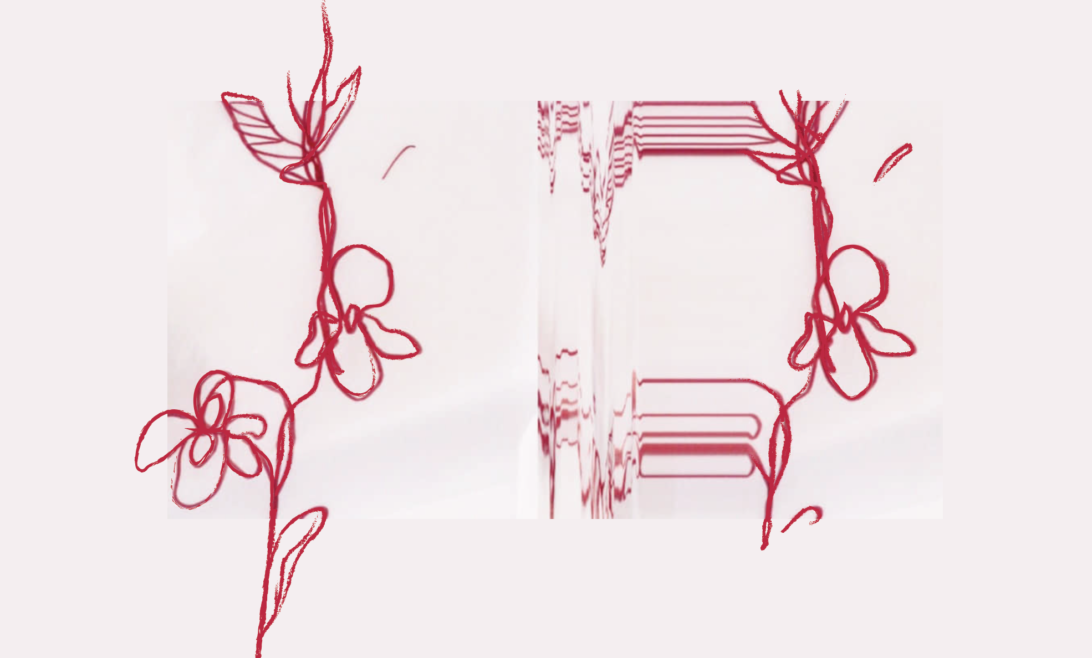Lately, I’ve been thinking about having a pet, I’ve been a little obsessed with it and after yesterday’s quick and dirty thesis show, Sebastian Morales thesis got my attention. It was a project where viewers were able to see living microorganisms through a website and bots generated by the number of visits had an impact on the living conditions (food) of this organisms. It got me thinking on my living canvas project, especially the part of times of data that could be recollected and its physical influence on the project and in water beards [Tardigrades], how cool would be to have water bears as pets, if the can survive in outer space they might survive clumsiness. The problems are that you’ll need a microscope to see these micro animals, but getting a foldscope might be an option if I really really wanna see a Tardigrade.
Manu Prakash inventions are brilliant that is for sure, I’ve been wanting to have a foldscope for so long but I particularly appreciated his blood centrifuge and, the economics behind it. It is easy to imagine the impact of such objects in places of the world where economics, infrastructure or geographic isolation can make the diagnosis of life-threatening diseases almost impossible, and to think is inspired in a very simple toy! Between Prakash low-cost medical inventions and Mine Kafon project, the difference that they could make in countries like Colombia. After the peace negotiations that ended a conflict of 5o years with our biggest and oldest guerilla organization, some territories were open to the government. Demining has been a non-stop endeavour, some places are still dangerous and difficult to reach as the population that lives nearby. I wasn’t expecting Mine Kafon to be open source, and thinking about it with ITP on my mind where we breath open source, most of this invention that have a huge social and medical impact should be.
